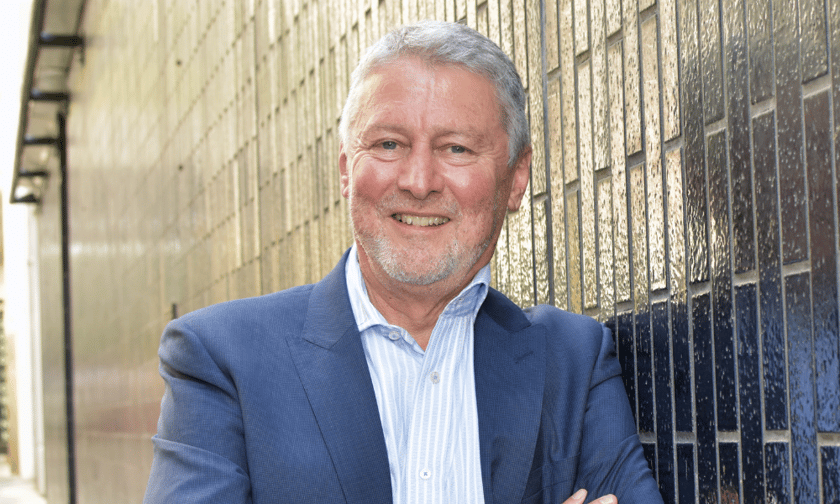

First-home borrowers are “fighting back” against the challenges of increased borrowing costs, spearheading a surge in new loan commitments, as revealed by the latest ABS Lending Indicators data, Canstar reported.
The data revealed a modest 1% month-on-month increase in new home and investment property loans in November, totalling $27.58 billion, meaning substantial 13.1% growth over the year.
Breaking down the figures, investment lending showed an 18% boost, reaching $9.72bn, surpassing the 10.6% increase in owner-occupier new loan commitments that amounted to $17.86bn. However, the standout performance came from first-home buyers, up a remarkable 25.8% in the value of new loan commitments, reaching a total of $5.25bn.
“November showed a modest increase in new lending with the value of new loans written up by 1% for the month and just over 13% for the year,” Steve Mickenbecker (pictured above), Canstar’s lending expert, said in a media release.
“Investors are up for the month by 1.9%, which compares to an increase of only 0.7% for owner occupiers. You could say investors are back, with new lending up by 18% year-on-year, suggesting they hold a healthy expectation for property prices over the coming few years.”
EMBED LINK: <iframe src="https://www.linkedin.com/embed/feed/update/urn:li:share:7151378048209113088" height="484" width="504" frameborder="0" allowfullscreen="" title="Embedded post"></iframe>
Mickenbecker acknowledged the challenges faced by first home buyers in recent years due to rate rises impacting borrowing power. Despite this, the data reveals the highest participation of first-home buyers since May 2022, representing 37% of all new loans, reflecting resilience and determination supported by government incentives.
“Canstar’s analysis shows for the average income, a solo borrower has seen their borrowing capacity fall since April 2022 by $137,000 and likewise, a double-income couple’s budget has been depleted by $331,000,” he said.
“Purchase of a first home, especially in Sydney, is still a hefty challenge, but more buyers are breaking through the ground floor. Participation of 10,395 first home buyers is the highest since May 2022 when Reserve Bank cash rate increases started and is above the long-term average, boosted as it is by periods of high government incentives in 2009 and 2021.”
In contrast, the ABS data revealed a decline in borrowers seeking better deals with new lenders in November, totalling $17.49bn, down from the peak of $21.5bn in July.
Canstar’s analysis revealed that the 4.25 percentage point rise in the cash rate since April 2022 added around $1,562 for a $600,000 loan over 30 years, or $2,603 for a $1 million loan.
“By refinancing just $17.5bn in loans, Aussie borrowers are falling way behind the record $21.5bn moved around in July 2023,” Mickenbecker said.
“Borrowers may have decided they can live with higher repayments but there is no excuse for paying too much for your home loan when the best rate on Canstar is 5.69%, which is a huge 1.21 percentage points below the average variable interest rate at 6.9%.”
Get the hottest and freshest mortgage news delivered right into your inbox. Subscribe now to our FREE daily newsletter.
